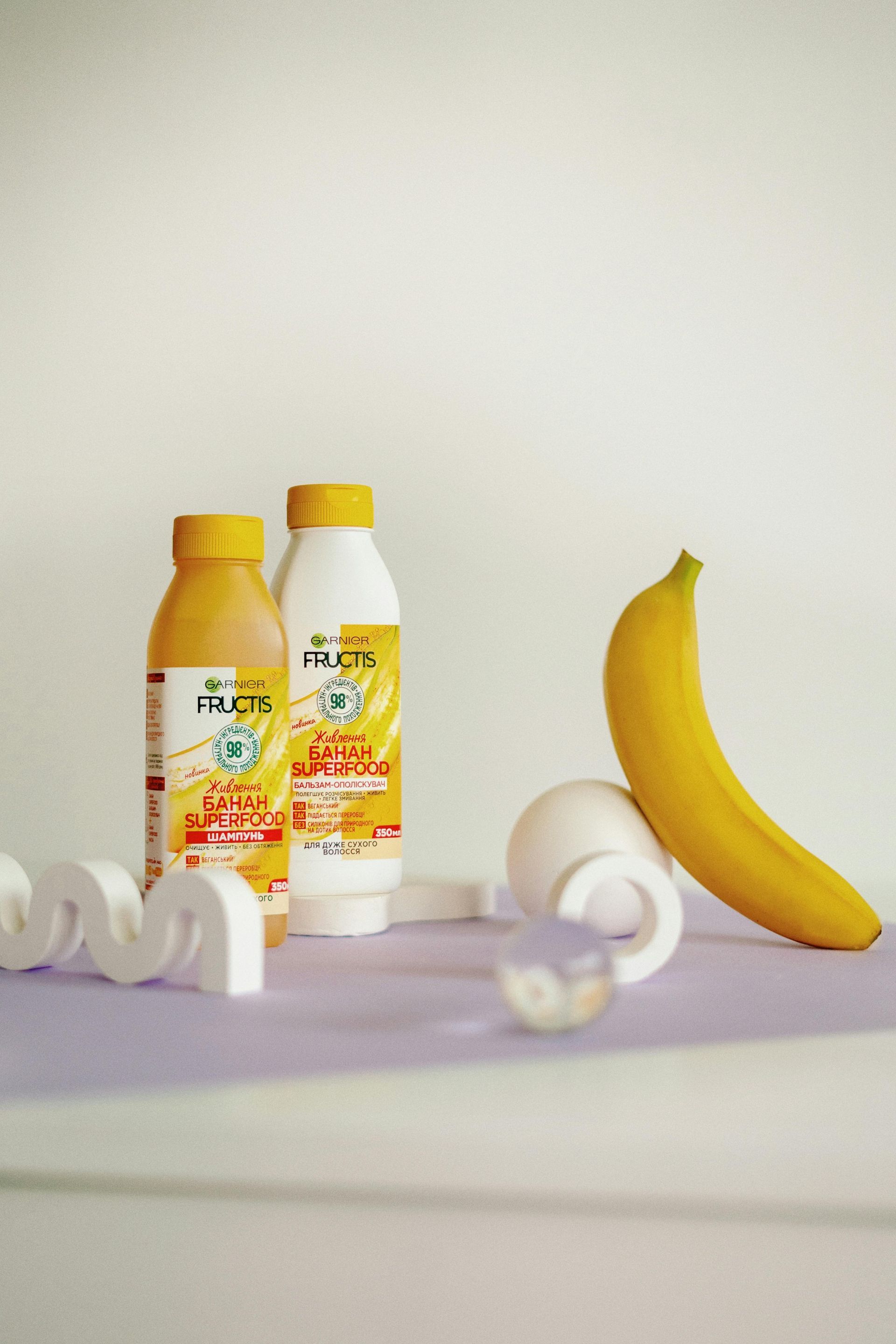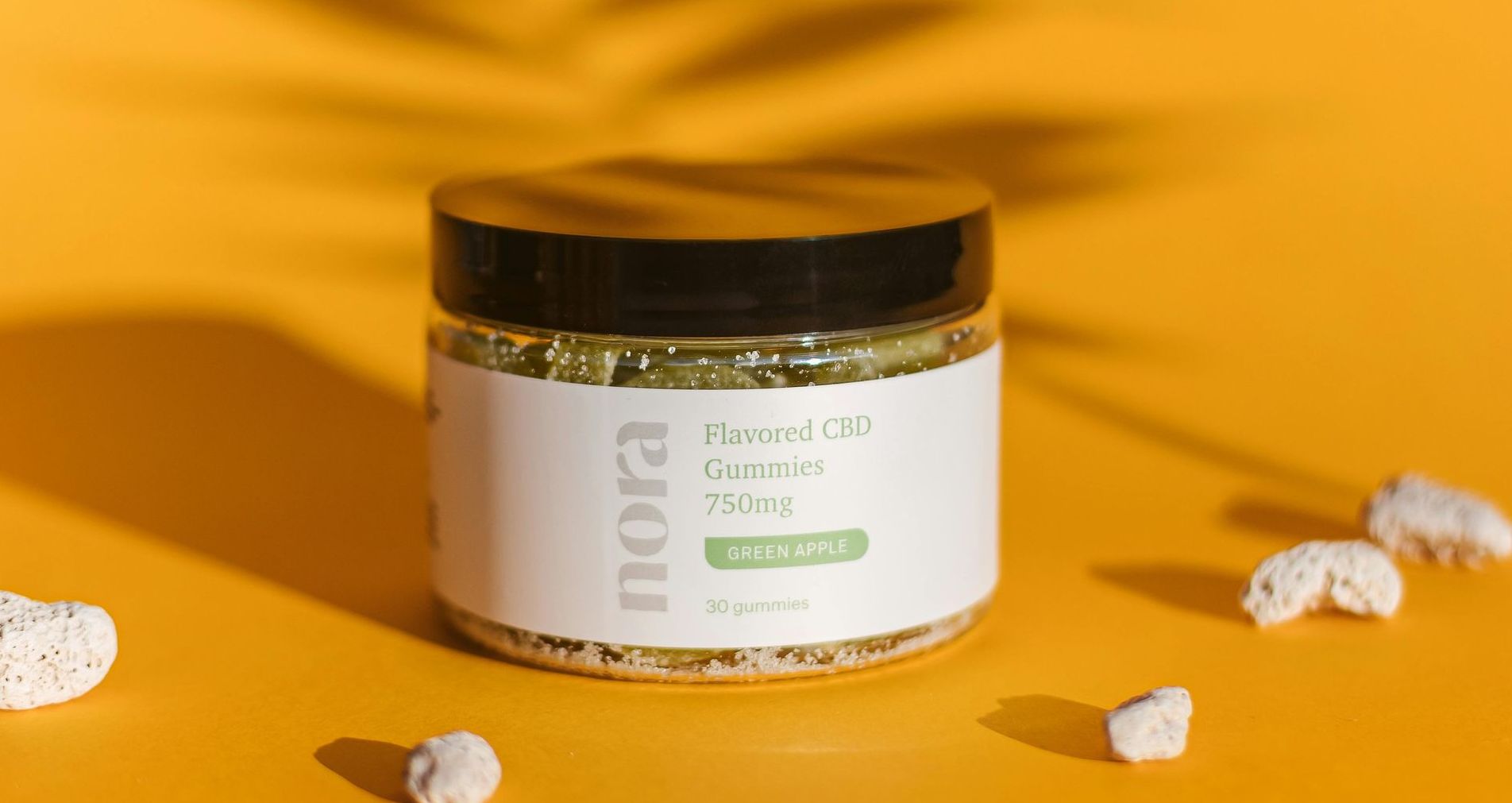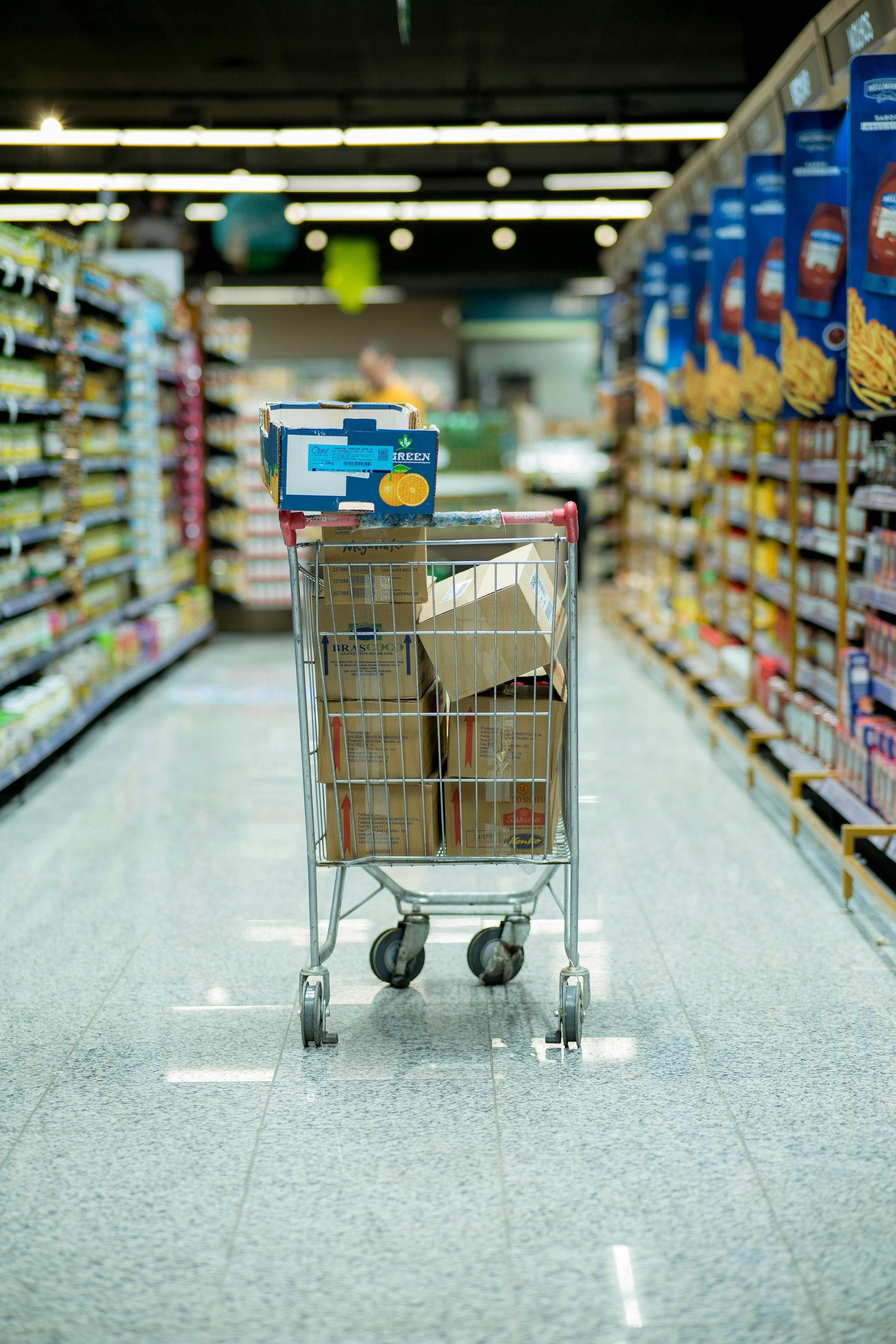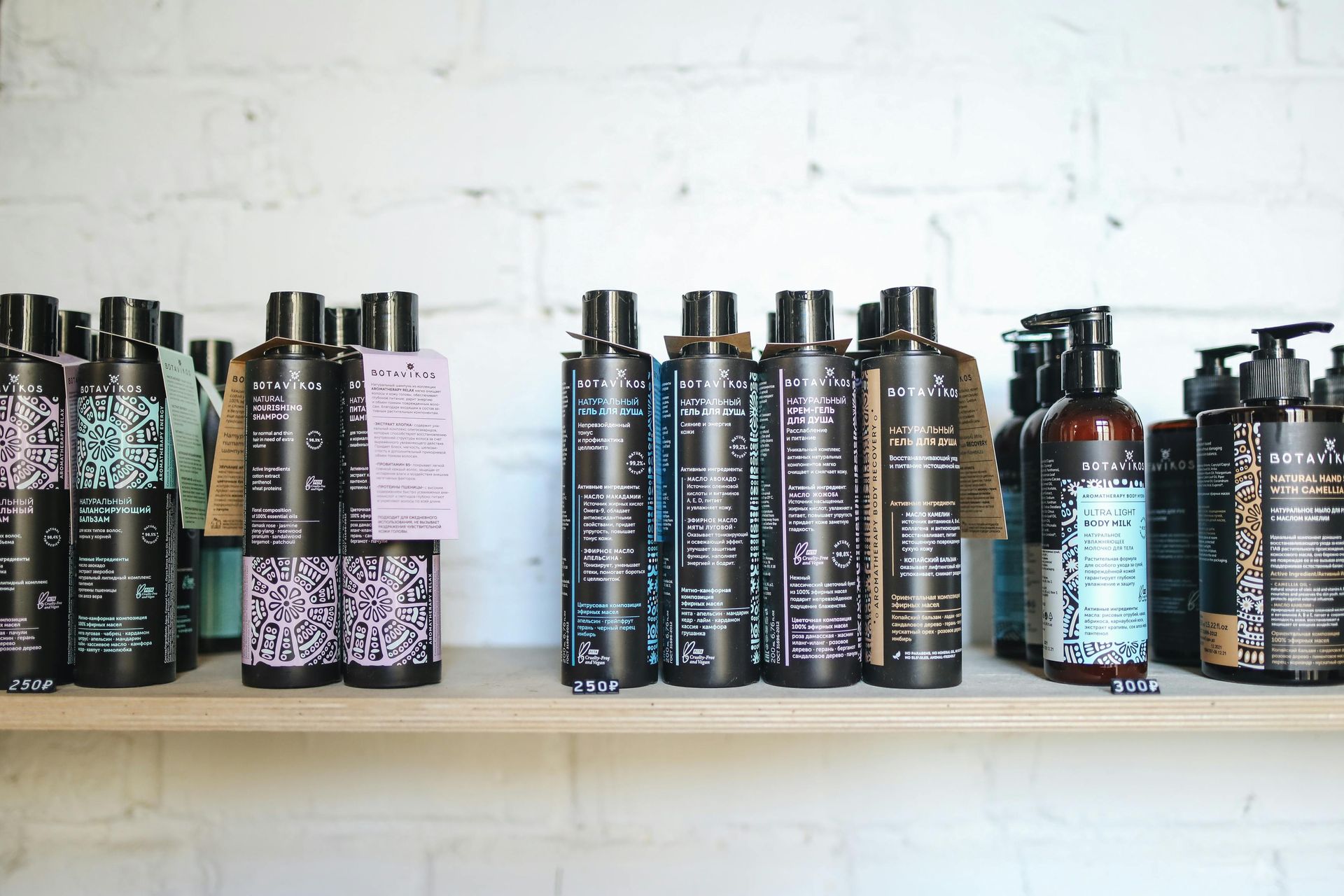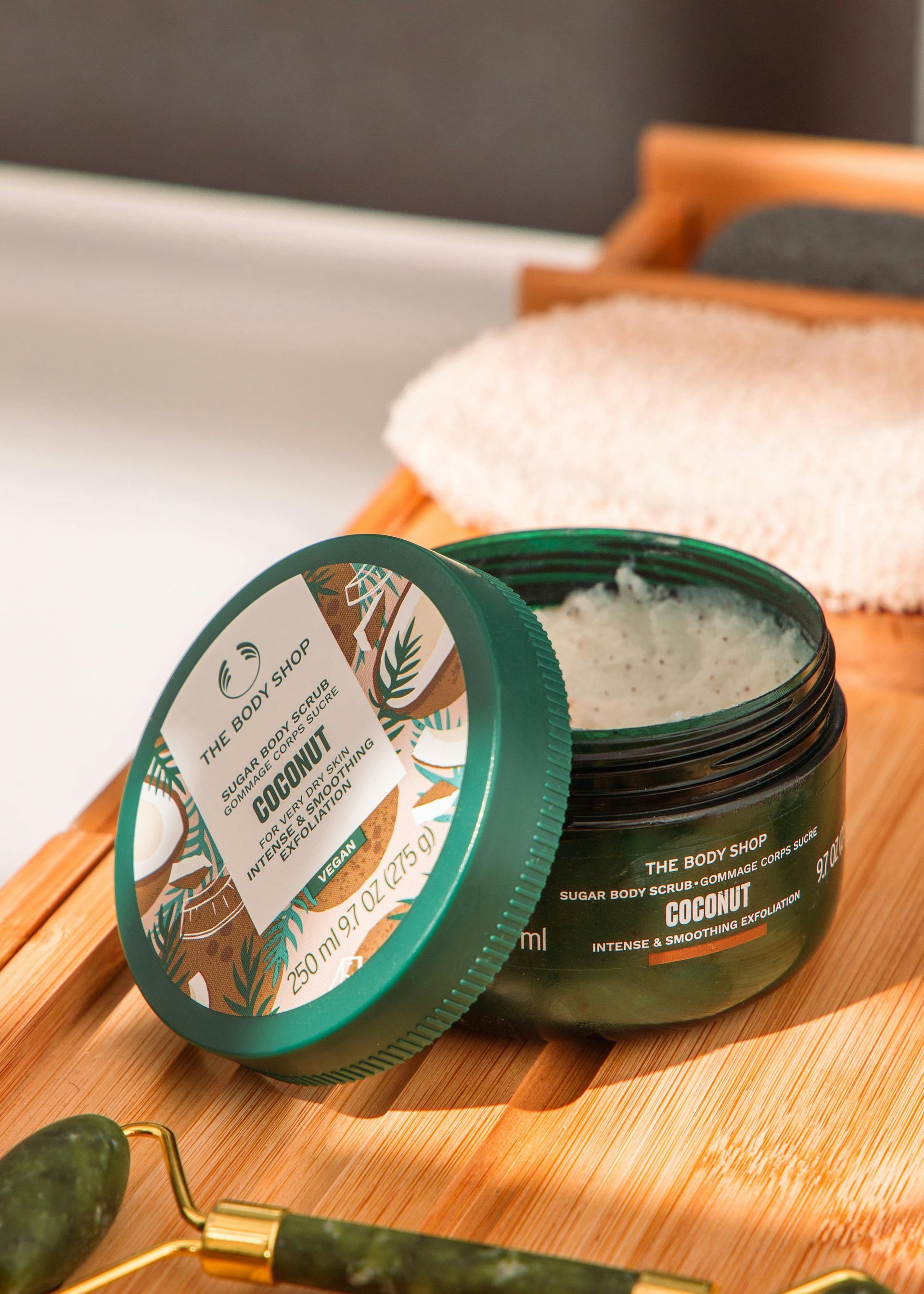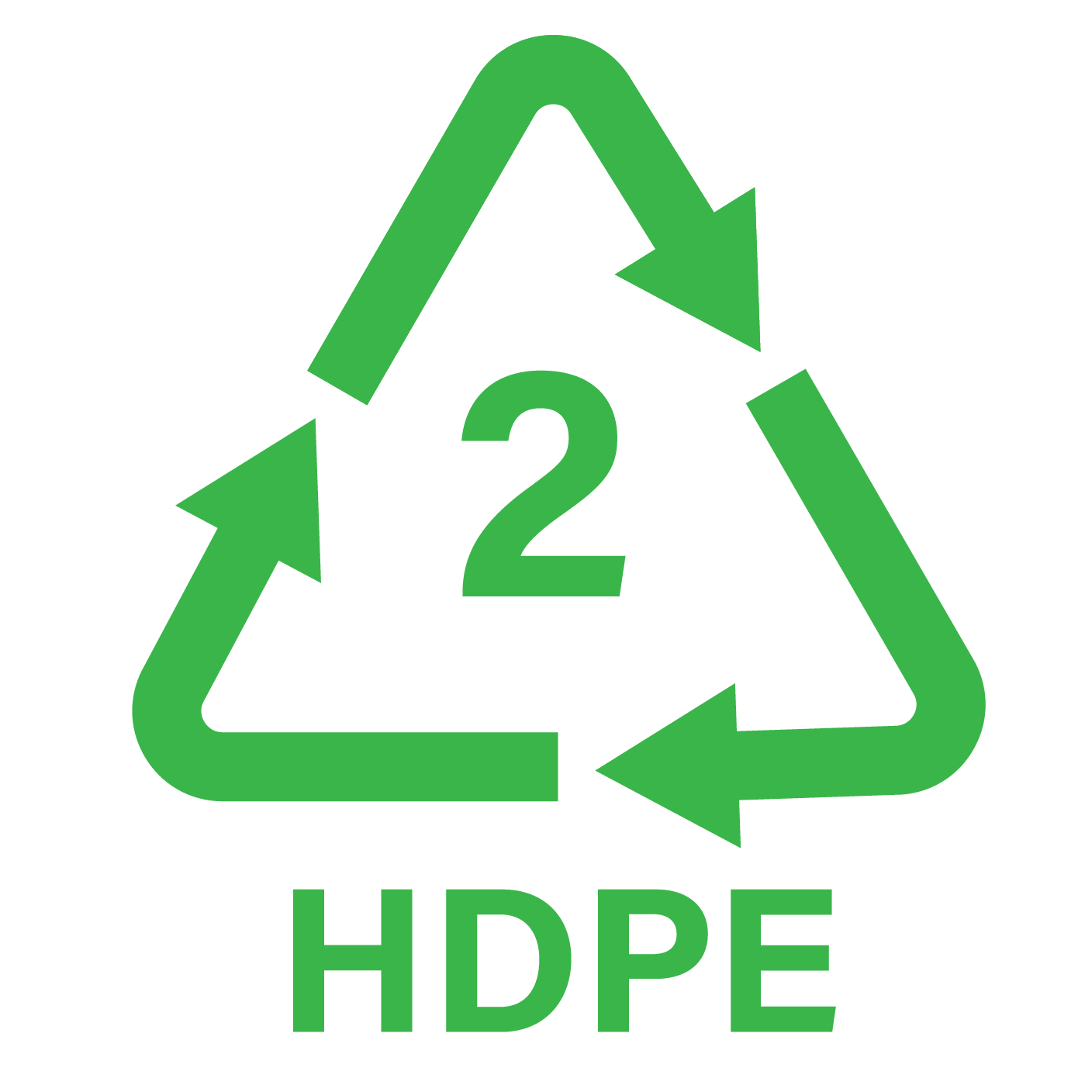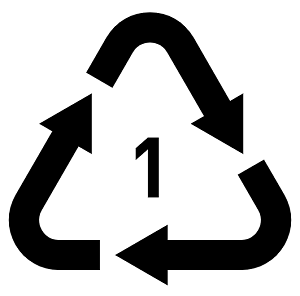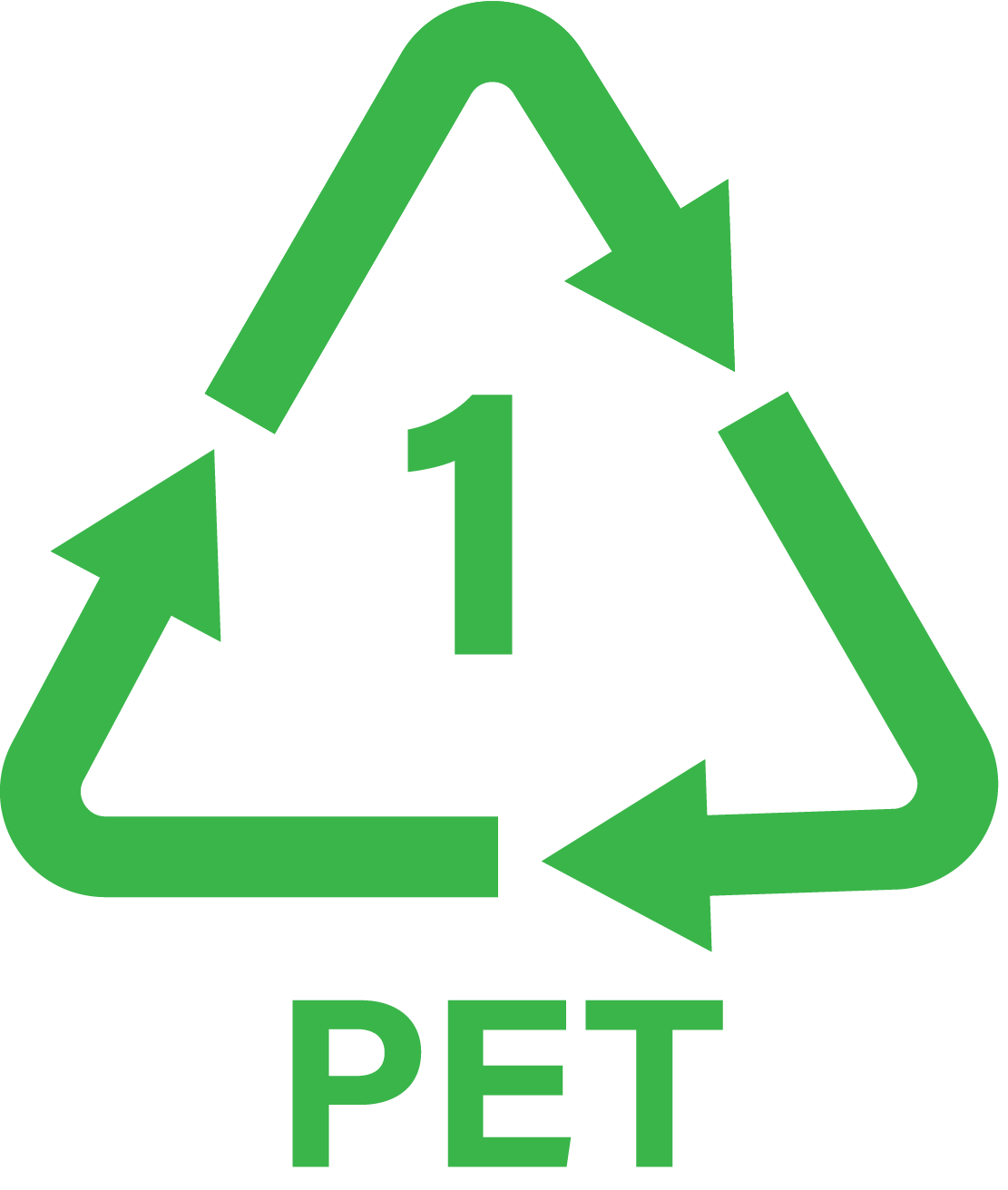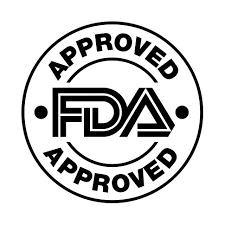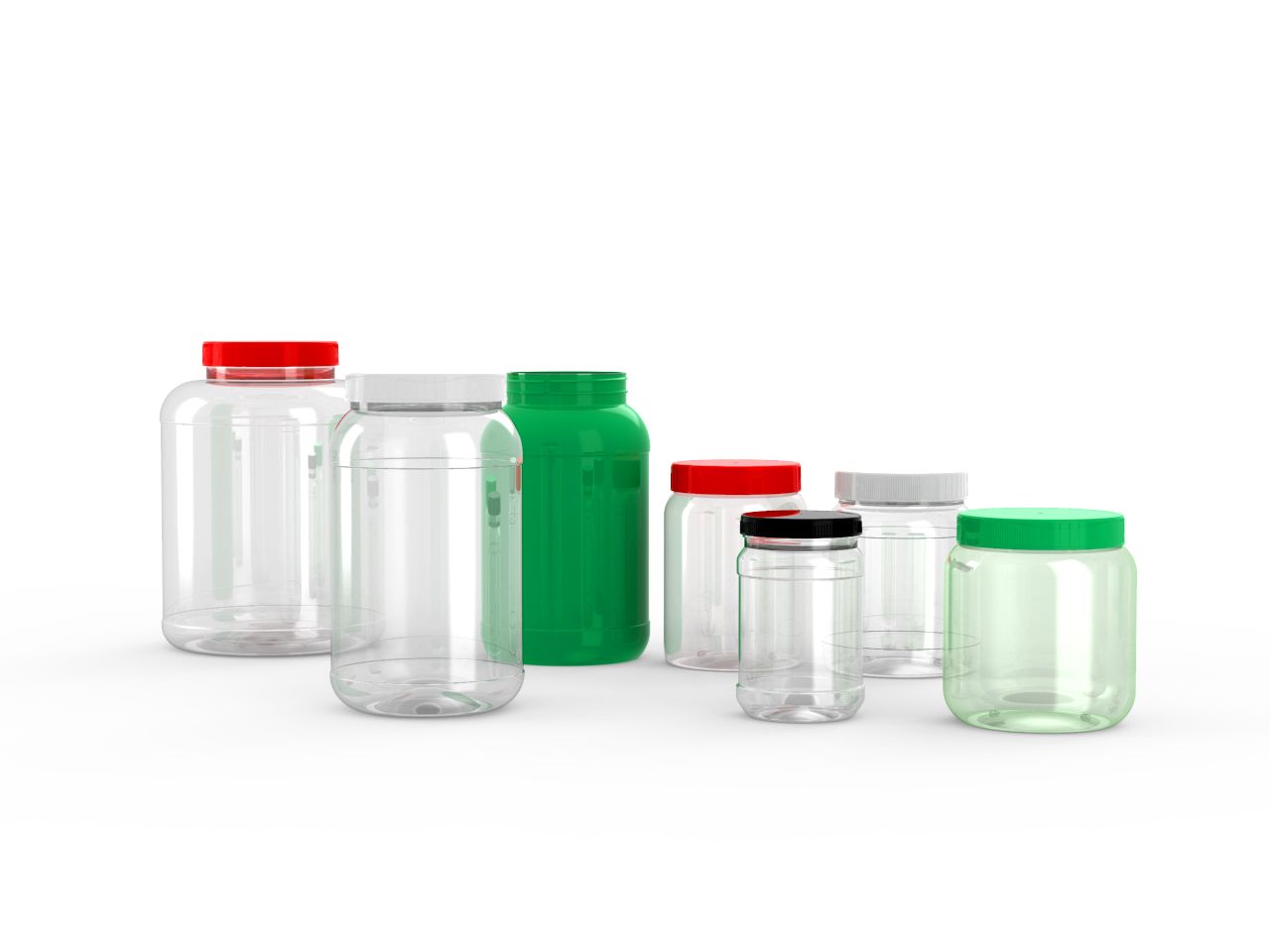The Role of PET in Sustainable Packaging
Brands and consumers are increasingly conscious of their environmental footprint, and the role of sustainable packaging has never been more critical. Polyethylene Terephthalate, commonly known as PET, is at the forefront of this revolution.
PET is a type of plastic widely used in packaging. Its popularity stems from its lightweight nature and high recyclability. These attributes make PET a key player in reducing transportation emissions and landfill waste. But PET's role in sustainable packaging doesn't stop there. The advent of recycled PET, or rPET, has further amplified its environmental benefits. rPET is made from post-consumer waste, conserving resources and promoting a circular economy.
The circular economy model is a system that emphasizes the reuse and recycling of materials. PET fits perfectly into this model. It can be recycled many times without losing much quality. This makes it a valuable resource in a circular economy.
Packaging regulations are also playing a part in PET's rise to prominence. As governments worldwide mandate the use of recyclable materials, PET is becoming an increasingly popular choice. Its versatility and recyclability make it an ideal material to meet these regulations.
One of the most recognized uses of PET is in water bottles. However, its use extends far beyond this. From food and beverage packaging to custom mold designs, PET's applications are vast and varied.
Brand packaging trends are shifting towards sustainability and eco-friendliness. PET, with its high recyclability and low environmental impact, is well-positioned to meet these trends. Its potential for custom mold design also allows for innovative and efficient packaging solutions.
The goal of 100% recyclable PET packaging is becoming a reality for many companies. This is a testament to PET's role in sustainable packaging and its contribution to a greener future. This article aims to provide a comprehensive understanding of PET's role in sustainable packaging. It will delve into the science behind PET, the circular economy, packaging regulations, and brand packaging trends. It will also look at new recycling technologies like rPET. It will discuss the importance of PET in food and drink packaging.
Join us as we explore the story of PET. We will look at its role in sustainable packaging and its promise for a greener future.
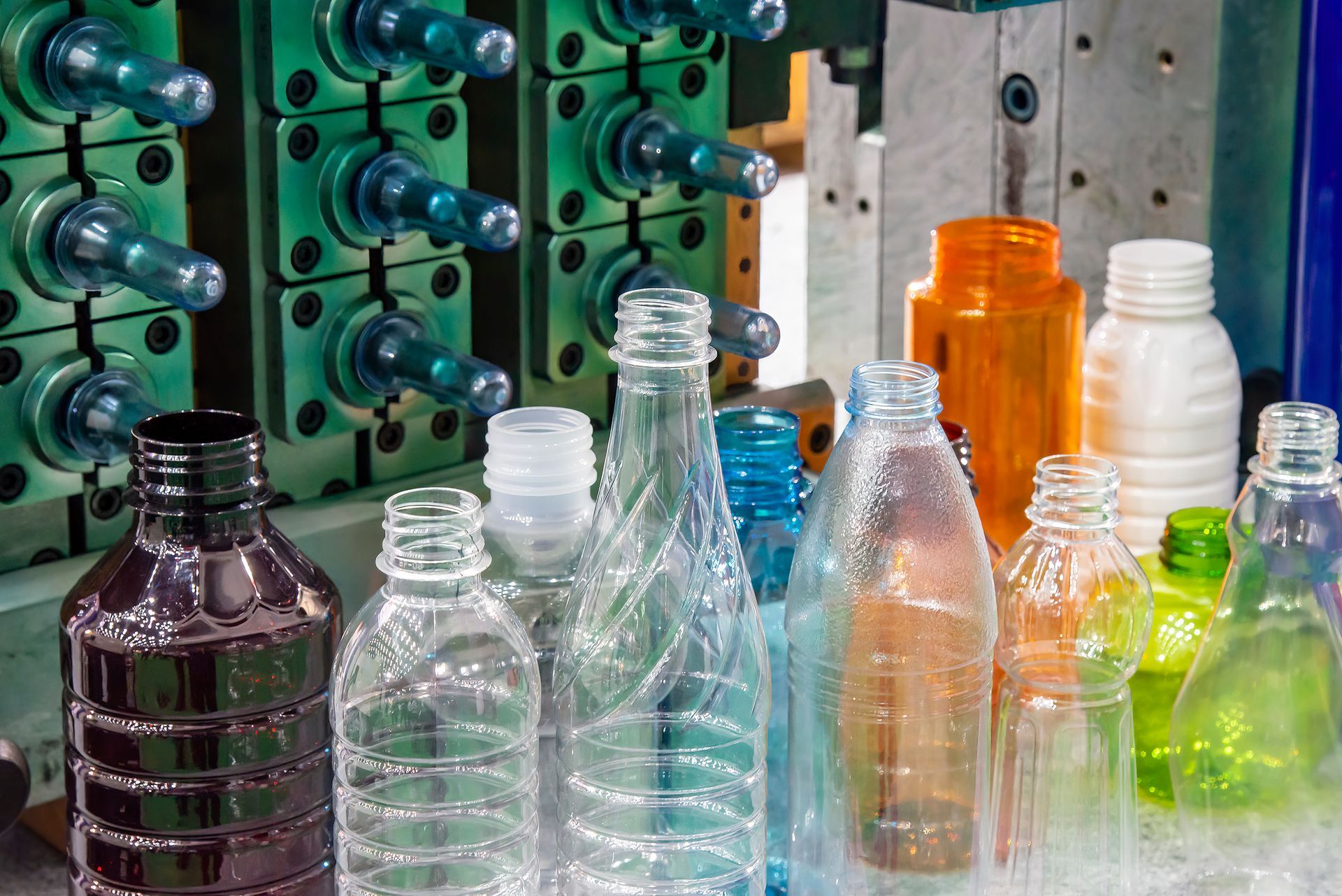
Understanding Polyethylene Terephthalate (PET)
Polyethylene Terephthalate, or PET, is a polymer highly regarded for its versatility. It's a type of plastic that boasts significant strength and clarity. These properties make it ideal for various applications, especially in packaging.
PET is utilized extensively due to its safety and hygiene factors. It is non-reactive with food and beverages, ensuring the safety of the contents. This attribute makes it a popular choice in the food and beverage packaging industry.
In addition to these properties, PET's durability is another factor contributing to its widespread use. It withstands drops and impacts, which is crucial in packaging.
PET's lightweight nature translates into fewer emissions during transportation, making it environmentally friendly. Less energy is required to transport PET-packaged goods, reducing the overall carbon footprint.
The recyclability of PET further enhances its appeal in sustainable practices. It can be recycled multiple times, conserving resources and minimizing waste.
PET's widespread use is driven by numerous factors:
- Lightweight and durable characteristics.
- High safety and hygiene standards.
- Recyclability and environmental benefits.
A key element in PET's structure is its high resistance to physical and chemical degradation. This resistance contributes to the longevity of PET products.
Innovation in PET production has led to the development of variants like rPET. These advancements further promote sustainability.
PET is a critical player in the global push towards sustainable materials. Its unique properties position it as a leader in environmental solutions. Understanding PET's characteristics helps grasp its role in sustainable packaging.

The Chemistry of PET and Its Properties
PET is a polymer produced through a reaction involving ethylene glycol and terephthalic acid. This process creates long chains of molecules, resulting in a strong material. The chemistry behind PET gives it unique properties that are beneficial in packaging.
One notable property of PET is its clarity. This clarity allows for high visibility of the products inside, which is valuable in commercial packaging. Consumers can easily see the contents, enhancing product appeal.
PET's strength is another important factor. It maintains integrity under pressure and weight, making it suitable for packaging various goods. This robustness ensures that products remain intact during transportation and storage.
In addition to its strength, PET is resistant to many chemicals. This resistance protects the contents from contamination and ensures freshness. The inertness of PET adds a layer of safety and reliability in packaging.
The chemistry of PET also allows it to be lightweight. Despite its strength, it doesn't add significant weight to products. This property reduces shipping costs and environmental impact, favoring eco-friendly business practices.
PET in the Food and Beverage Industry
The food and beverage industry has embraced PET due to its numerous advantages. PET's clarity ensures product visibility, which is crucial for consumer appeal. This transparency is often used to display food and drinks attractively.
PET's ability to preserve freshness is another key reason for its widespread use. It provides an effective barrier against gases and moisture, extending product shelf life. This quality is essential in maintaining the quality of consumables.
Safety is paramount in food and beverage packaging, and PET excels in this area. It is non-reactive and doesn't alter the taste or safety of the contents. This characteristic is critical in packaging foods and beverages.
In addition to these benefits, PET's recyclability is vital for sustainability. Many consumers prefer products that come in recyclable packaging. This preference aligns with the growing trend towards environmental responsibility in the industry.
The use of PET in custom mold design allows for innovative packaging solutions. Brands can create unique shapes and designs, enhancing product differentiation. This customization is crucial in a competitive marketplace.
Overall, PET's role in the food and beverage industry is significant and multifaceted. Its properties make it indispensable, and its recyclability meets the modern consumer's demands for sustainability.
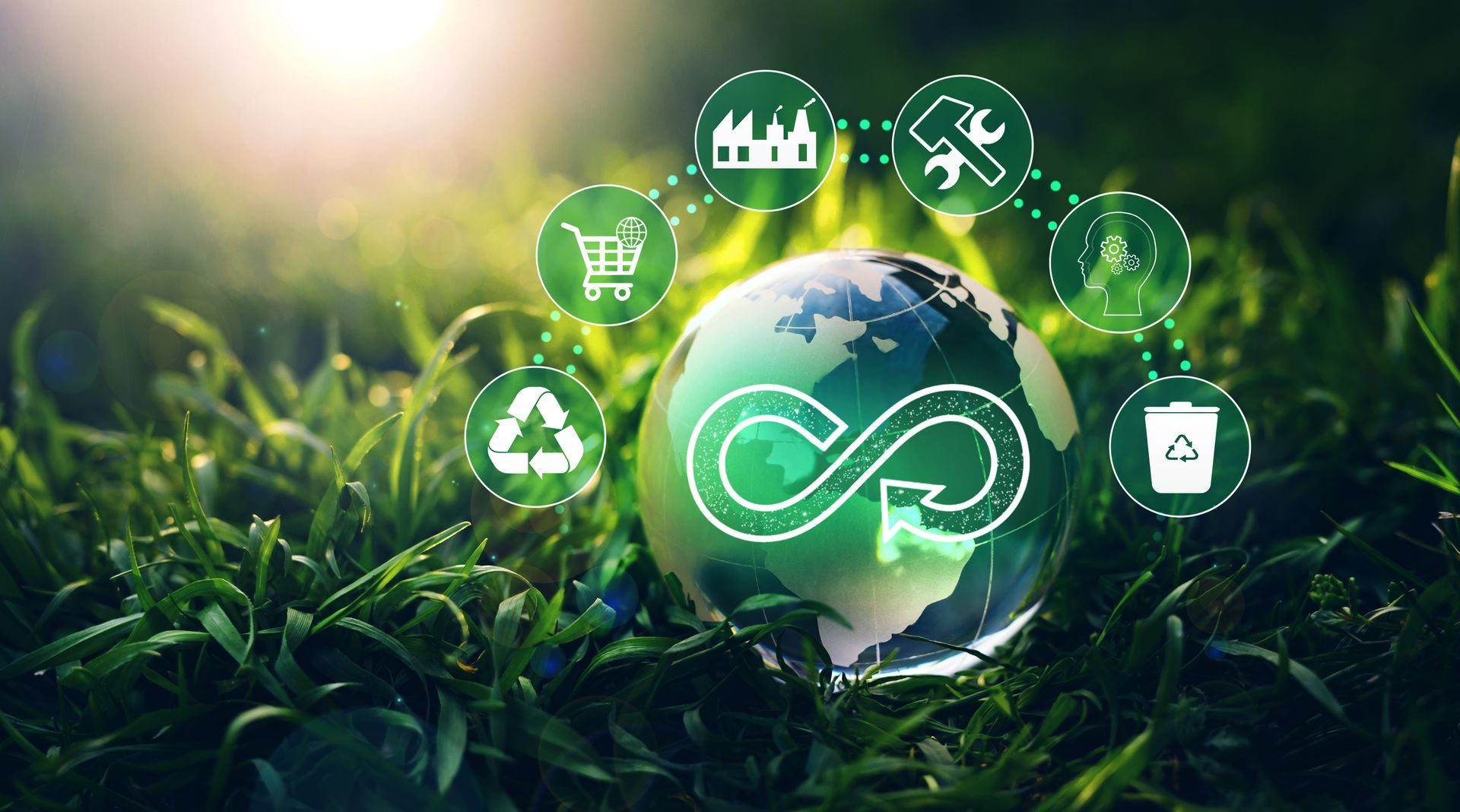
The Circular Economy and PET
The circular economy is a model focused on resource efficiency and waste reduction. In this framework, materials are kept in use for as long as possible. PET plays a crucial role in this sustainable model.
PET's recycling potential makes it a key component in circular economies. Its ability to be recycled multiple times without significant quality loss is vital. This infinite recyclability aligns perfectly with circular economy goals.
Reducing the need for new materials is another benefit of PET's recyclability. By reusing existing materials, resource extraction and energy use are minimized. This leads to a lesser environmental impact compared to producing virgin materials.
Several advantages position PET as a sustainable choice:
- Effective resource utilization.
- Strong support for waste minimization.
- Alignment with global sustainability goals.
The use of recycled PET, known as rPET, further enhances these advantages. By incorporating rPET, the reliance on non-renewable resources decreases. This shift supports eco-friendly practices that are critical for sustainable development.
Companies integrating PET into their circular strategies often see economic benefits. Cost savings from reduced material usage and waste disposal contribute to financial gains. These incentives drive further adoption of sustainable packaging solutions.
The push towards a circular economy is transforming many industries. PET's role in this transition highlights its sustainability credentials. It demonstrates that environmentally responsible choices can also be economically viable.
PET Recycling Processes: Mechanical vs. Chemical
PET recycling is achieved primarily through two processes: mechanical and chemical. Each method offers unique benefits and challenges. Understanding these processes helps in optimizing recycling efforts.
Mechanical recycling is the more common and cost-effective method. In this process, PET waste is cleaned, shredded, and melted down. It is then formed into pellets that can be used to produce new products.
This process retains the polymer's structure but is limited by contamination. Contaminants must be meticulously removed to maintain product quality. Despite this challenge, mechanical recycling is efficient and widely adopted.
Chemical recycling, on the other hand, breaks PET down into its basic monomers. This allows for full decontamination and removal of impurities. The monomers are then re-polymerized into new, high-quality PET.
Although chemical recycling is advantageous, it's less common due to high costs and complexity. It requires significant energy input, which can offset its environmental benefits. Technological advancements aim to address these limitations and improve viability.
Choosing between mechanical and chemical recycling depends on several factors. Cost, contamination level, and end-use dictate the appropriate process. As technology advances, these recycling processes may evolve to enhance efficiency further.
In summary, both mechanical and chemical recycling processes are crucial. They complement each other, allowing for more comprehensive PET recycling. Companies leveraging both methods contribute significantly to sustainable practices.
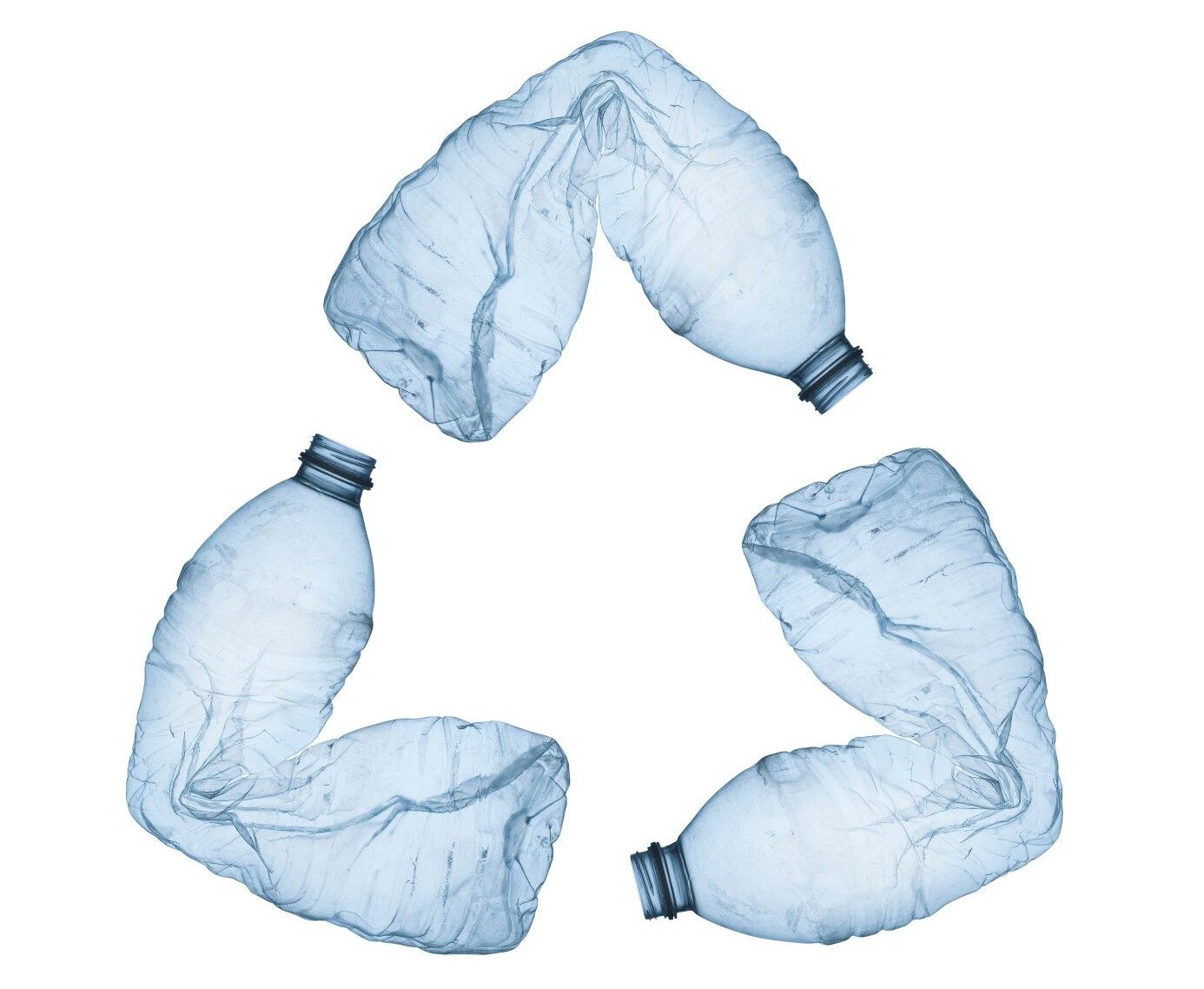
The Lifecycle of a PET Bottle
A PET bottle's lifecycle begins with its production from petrochemicals. Ethylene glycol and terephthalic acid combine to make PET. This process creates strong, clear bottles that are great for packaging.
Once produced, PET bottles serve their primary function of containing products. They are widely used for beverages due to their lightweight and robust nature. Their role continues until consumer disposal.
After use, the post-consumer phase begins. Recycling facilities such as our sister company DUYTAN Recycling collect and sort used bottles. This step is crucial for re-entering the material cycle.
Recycling involves either mechanical or chemical processes. Bottles are cleaned, converted to pellets, or broken down chemically. These processes prepare PET for reuse in new products.
Finally, the end-of-life stage sees PET recycled into new items. This stage completes the lifecycle, reinforcing sustainability. The cycle can repeat multiple times, reducing resource strain.
Understanding this lifecycle illustrates PET’s role in sustainable packaging. Its recyclability offers endless reuse opportunities. This cycle supports a circular economy, reducing waste and conserving resources.
rPET: The Game Changer in Sustainable Packaging
Recycled Polyethylene Terephthalate, known as rPET, is revolutionizing sustainable packaging. This material originates from post-consumer PET waste, primarily plastic bottles. By reclaiming these materials, industries can substantially cut down on waste.
rPET stands as a prime example of effective material reuse. It diverts waste from landfills and oceans, reducing environmental impact. An increased use of rPET also lowers the demand for virgin PET, conserving resources.
Not only does rPET help conserve raw materials, but it also lessens carbon emissions. Producing rPET requires less energy than manufacturing new PET. This energy efficiency contributes to a reduced carbon footprint for packaging solutions.
An industry's commitment to rPET translates into brand differentiation in the market. Consumers favor brands that invest in sustainable practices. This preference helps rPET gain traction across various sectors.
The food and beverage industry benefits greatly from rPET. It proves ideal for packaging, maintaining product safety and quality. rPET's approval for food contact upholds consumer trust while promoting eco-friendliness.
Here are some notable advantages of rPET:
- Minimizes environmental waste.
- Reduces reliance on new materials.
- Decreases carbon emissions.
- Meets consumer demand for sustainability.
- Approved for direct food contact.
rPET's adoption signals a positive shift towards sustainability. As industries embrace rPET, the focus on eco-friendly practices intensifies. This progress epitomizes a collective effort towards a more sustainable future.
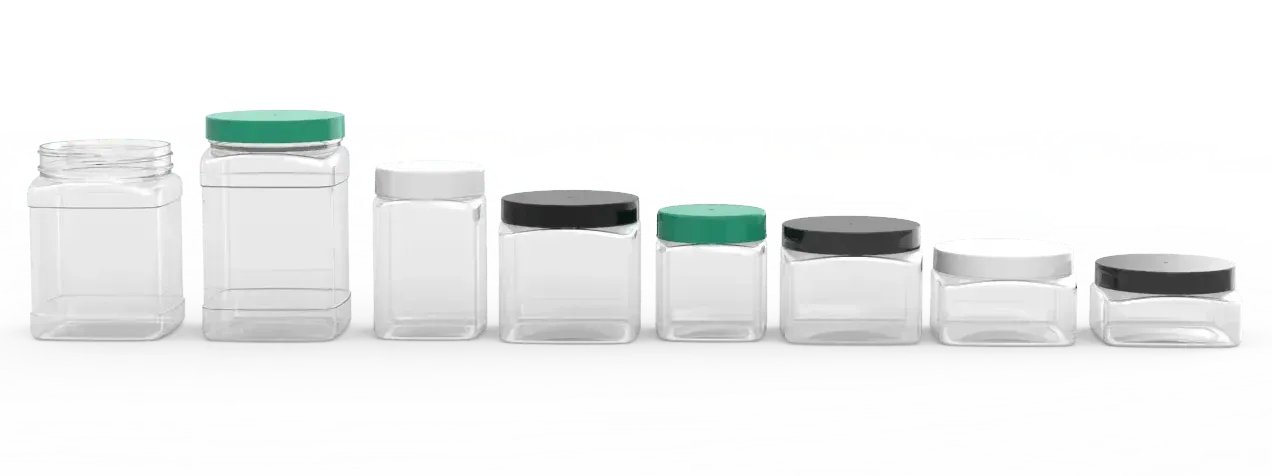
The Benefits of Using rPET
The primary benefit of rPET lies in its environmental advantages. It supports closed-loop recycling, turning waste into resourceful materials. This transformation reduces waste and promotes a circular economy.
A significant advantage is the conservation of finite resources. Every ton of rPET used saves considerable virgin material from being extracted. This contributes to resource efficiency and environmental preservation.
Using rPET also cuts greenhouse gas emissions. The production of rPET is less energy-intensive than producing virgin PET. Consequently, this reduction in energy demands lowers the overall carbon footprint.
Businesses investing in rPET can see financial benefits. Lower energy requirements mean cost savings in manufacturing processes. This economic efficiency aligns with environmental responsibility, offering dual benefits.
rPET fosters positive brand reputations. Consumers increasingly value green practices. Incorporating rPET emphasizes corporate social responsibility, enhancing brand loyalty and market appeal.
Ultimately, rPET helps bridge the gap between sustainability and economic viability. Its use signifies a commitment to a healthier planet. Embracing rPET means businesses can contribute to environmental solutions while maintaining profitability.
Challenges and Innovations in rPET Production
Despite its benefits, producing rPET is not without challenges. Contamination poses a significant hurdle, affecting the quality of the final product. Stringent sorting and cleaning are essential yet resource-intensive steps.
Color sorting is another obstacle. Clear PET is preferred for recycling, as colored PET is less versatile. Innovation in color removal could improve material use across different applications.
Quality consistency presents an ongoing issue for rPET producers. Variability in feedstock can lead to inconsistent product properties. Process improvements and advanced technologies are vital to overcoming this challenge.
Innovations are addressing these hurdles through advancements in recycling technologies. For instance, chemical recycling can produce rPET of higher purity. This innovation enables the breakdown of polymers back into monomers, removing impurities.
Collaboration across the value chain fosters more efficient rPET production. Industry partnerships promote sharing of best practices and technological breakthroughs. This collective approach can expedite overcoming production barriers.
In conclusion, while challenges exist, innovation in rPET production continues to expand. As technologies progress, the potential of rPET grows. Tackling these challenges remains crucial for enhancing its role in sustainable packaging.
Packaging Regulations and Their Impact on PET Use
Packaging regulations significantly shape the use of PET. They are vital for steering industry practices towards sustainability. Policymakers leverage these regulations to reduce waste and encourage recycling.
Regulations often require specific recycled content in packaging materials. These mandates promote the use of rPET over virgin PET. Compliance supports environmental goals and aligns with industry standards.
Each region has unique packaging rules. Yet, many share common themes aimed at sustainability. Adopting global trends can lead to more efficient, comprehensive practices.
Government regulations often impact business strategies. Packaging compliance can involve increased costs or a need to innovate. Companies must be nimble to adapt to changing regulatory landscapes.
The impact of packaging regulations extends beyond environmental benefits. They prompt innovation and push companies to explore novel solutions. This innovation frequently leads to more efficient, sustainable packaging options.
Here are some key points related to packaging regulations:
- Encourage recycled content usage.
- Reduce overall packaging waste.
- Foster innovation in packaging technologies.
- Vary widely across different regions.
- Influence business operations and costs.
Sustainable packaging regulations continue to evolve. In response, companies enhance their practices. Regulation thus serves as a critical catalyst for positive change in the industry.
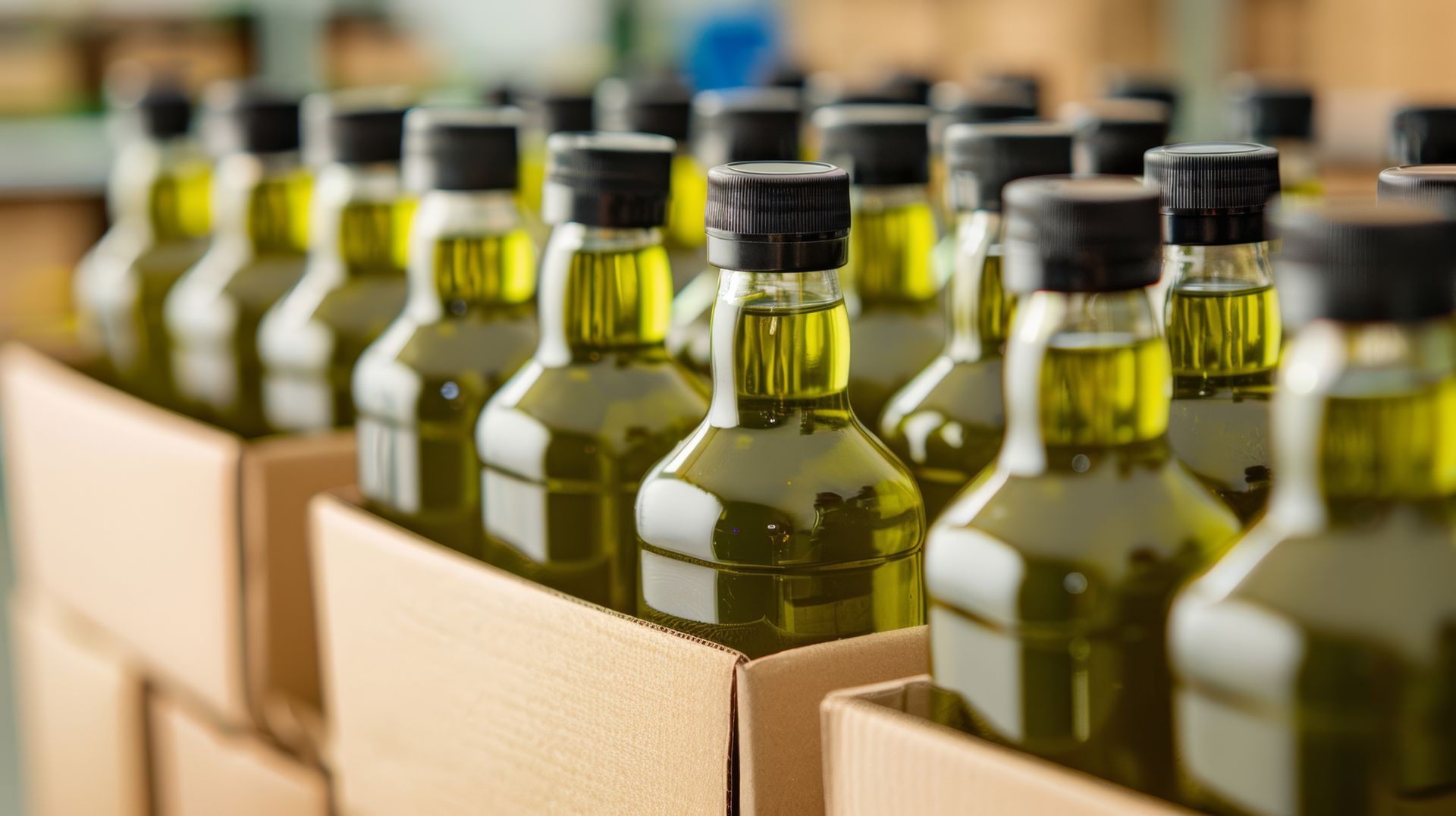
Global Trends in Packaging Regulations
Globally, packaging regulations focus on reducing plastic waste. Many countries aim to phase out single-use plastics. This shift encourages the adoption of recyclable materials like PET.
Europe often leads with stringent packaging rules. The EU mandates minimum recycled content levels, pushing the demand for rPET. These rules set benchmarks that other regions aspire to meet.
In North America, regulatory focus varies by state. Some states have initiated bottle deposit schemes. These schemes significantly enhance PET recycling rates by incentivizing consumer participation.
In Asia, efforts revolve around reducing environmental impact. Countries like Japan implement strict recycling protocols. These policies reflect a growing commitment to sustainable packaging.
Developing nations face unique challenges. Limited infrastructure can hinder regulation adoption. However, international cooperation can help improve these systems for effective waste management.
The convergence of global regulations highlights a unified commitment to sustainability. These trends drive innovation and foster international collaboration. They are essential for the industry to keep pace with changing consumer and governmental expectations.
Extended Producer Responsibility (EPR) and PET
Extended Producer Responsibility (EPR) is pivotal in managing PET waste. EPR policies hold manufacturers accountable for their products’ end-of-life impacts. These policies are essential in fostering a circular economy.
EPR promotes sustainable practices by requiring manufacturers to assume waste management costs. Companies are incentivized to design eco-friendly packaging that reduces waste. This shift enhances the appeal of recyclable PET.
EPR initiatives often focus on enhancing collection and recycling systems. Improved infrastructure ensures more PET waste is recycled. This process amplifies the effectiveness of recycling efforts across regions.
The implementation of EPR can vary widely. Some governments provide guidelines, while others enforce mandatory compliance. The effectiveness of these measures can depend on local enforcement levels.
Through EPR, companies face the challenge of integrating sustainable practices. This integration can drive innovation in product design and supply chain management. It ensures manufacturers prioritize environmental considerations.
In summary, EPR schemes serve as a powerful tool for enhancing PET use. By embedding environmental costs into the production process, EPR shifts the focus onto sustainability. These policies are significant in moving towards a more responsible packaging industry.
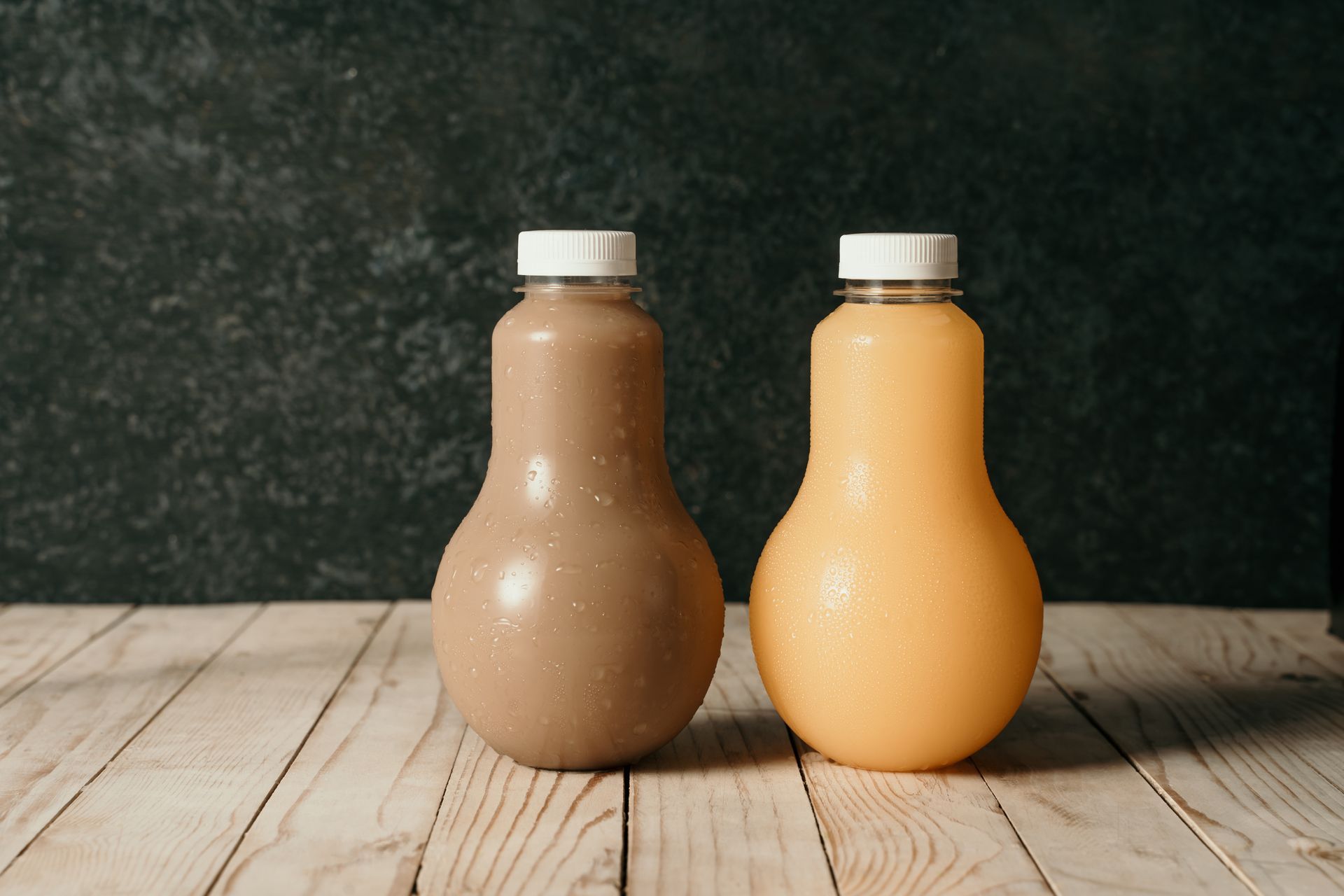
Brand Packaging Trends and Custom Mold Design
In today’s market, packaging trends are constantly evolving. Brands are adapting to meet new consumer expectations and regulatory demands. PET plays a crucial role in this dynamic environment.
Sustainability is at the forefront of brand packaging strategies. Companies focus on reducing waste and promoting recycling. This shift aligns with global moves towards a circular economy.
Custom mold design is another significant trend. It allows brands to create unique packaging solutions. This customization enhances brand identity and customer appeal.
Innovative designs utilize PET’s versatility. Brands can produce lightweight yet durable packages. This trait is particularly valued in the food and beverage sector.
Amid these trends, consumer preferences continue to evolve. Environmental consciousness influences buying decisions. Brands that embrace sustainable practices enjoy a competitive edge.
Key trends in brand packaging with PET include:
- Focus on sustainability and recyclability
- Adoption of custom mold designs
- Lightweight and durable packaging solutions
- Emphasis on unique brand identity
- Responsiveness to consumer environmental awareness
These trends highlight the critical role of PET in driving innovation. They reflect a growing emphasis on sustainable packaging practices. As the industry continues to adapt, PET will remain at the center of these developments.
The Influence of Consumer Demand on PET Packaging
Consumer demand is a powerful driver of change in packaging. Increasingly, people prefer sustainable and eco-friendly products. This shift has significant implications for PET packaging.
Environmental concerns are reshaping consumer priorities. Shoppers now look for recyclable or recycled packaging. PET, being 100% recyclable, fits well within these preferences.
Brands attuned to these demands can build loyalty and trust. Transparent packaging practices signal a commitment to sustainability. Customers appreciate efforts to reduce environmental impact.
Demand for transparency influences packaging innovations. Brands opt for clear PET to communicate product quality. Clear packaging also aids in the recycling process due to easier sortation.
As consumers become more eco-conscious, industries adjust. Adapting to these changes is crucial for brand success. This shift toward greener practices showcases consumer power in shaping market trends.
Customization and Brand Identity in PET Packaging
Customization offers brands a way to stand out in a crowded market. Custom mold design plays a pivotal role in creating distinct PET packaging. This approach enhances brand identity and recognition.
PET’s adaptability allows for creative packaging solutions. Brands can innovate with shapes and sizes that capture consumer attention. This flexibility is crucial for marketing strategies and product differentiation.
Custom packaging serves as a branding tool. Unique designs not only attract but also communicate brand values. They offer an opportunity to convey sustainability commitments visually.
Integration of branding elements into PET packaging is rising. Companies employ design features like logos and textures. Such features add tactile elements to visual appeal, heightening product desirability.
Custom solutions help brands align with evolving trends. As sustainability becomes more important, brands need to reflect this in their packaging. PET offers the versatility to achieve these design objectives seamlessly.
In sum, customization is more than aesthetics; it’s about aligning packaging with brand values and consumer trends. PET’s flexibility makes it an ideal choice for innovative branding strategies.
The Future of PET in Sustainable Packaging
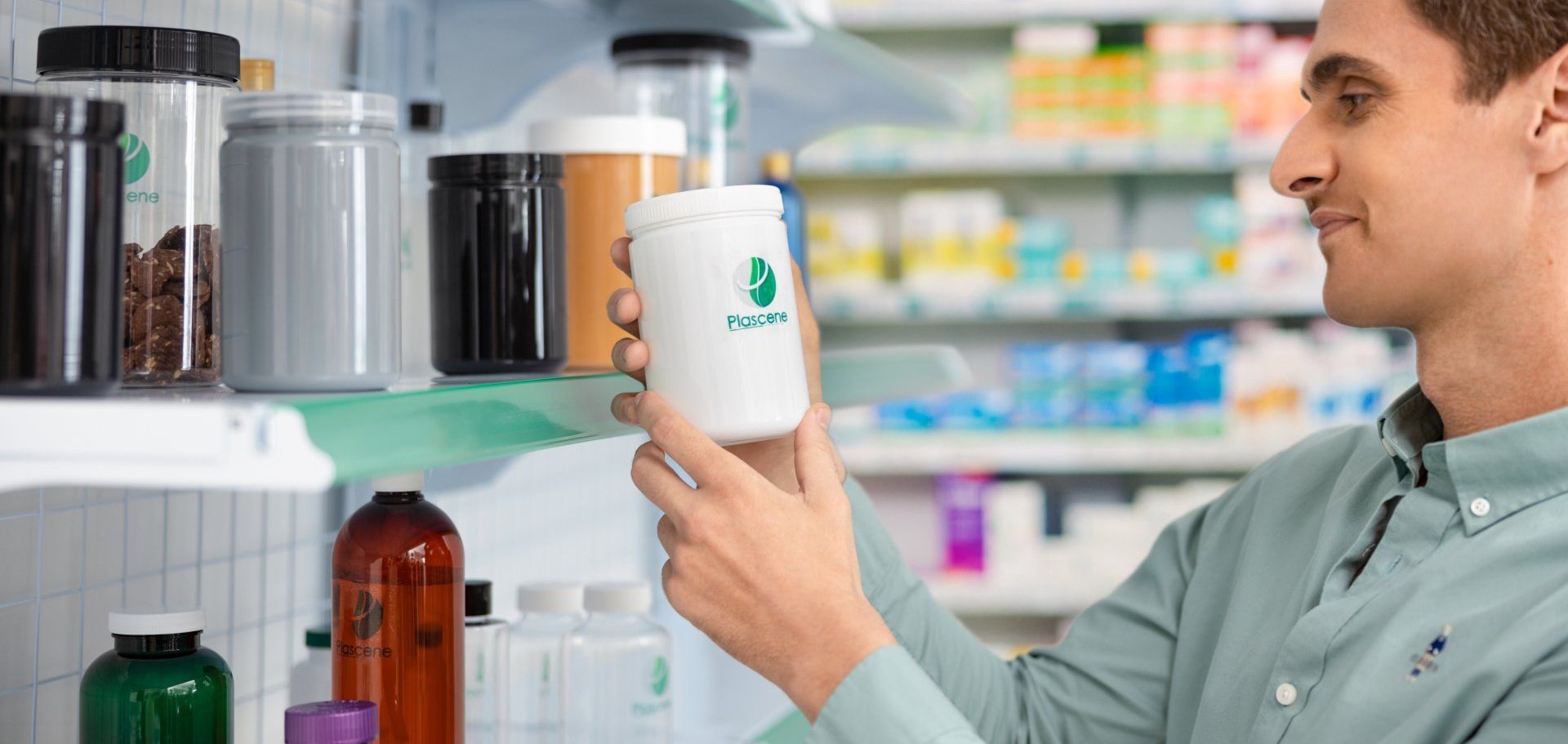
The future of PET in sustainable packaging is rich with possibilities. Innovations continue to push boundaries, making packaging more eco-friendly. The industry is poised for evolution with PET at the helm.
Technological advancements are accelerating PET’s recyclability. Improved methods are being developed for better reprocessing. These developments enhance the lifecycle of PET products.
Government and industry collaborations are crucial. Such partnerships are necessary to establish effective recycling systems. This collaborative effort promotes a circular economy.
Consumer demand for sustainable options is increasing. Brands need to innovate to meet this demand. PET’s role is critical in facilitating these sustainable solutions.
In the coming years, expect the following trends to shape PET packaging:
- Advanced recycling technology adoption
- Increased integration of recycled PET (rPET)
- Expansion in reusable PET applications
- Greater regulatory support for sustainability practices
- Enhanced consumer education on recycling
The synergy of technology, policy, and consumer shifts promotes PET as a sustainable leader. As these elements align, PET’s relevance in sustainable packaging will grow.
Emerging Technologies and the Role of PET
Emerging technologies are changing the face of PET recycling. Innovations in chemical recycling stand out. They provide new ways to reclaim PET waste effectively.
Unlike traditional mechanical recycling, chemical processes convert PET into its basic elements. This method allows for purer recycling outcomes. It also supports the production of high-grade recycled PET.
Technology is also enhancing PET sorting and collection. Automated sorting systems increase efficiency. This improvement leads to higher purity levels in recyclable streams.
Additionally, biodegradable additives for PET are being researched. These additives aim to increase PET’s environmental friendliness. Such advancements could significantly reduce plastic waste concerns.
The role of PET extends beyond conventional packaging. It is being explored for use in 3D printing. The versatility of PET opens doors to innovative applications, emphasizing its place in the future of materials.
The Outlook for PET in a Changing World
As the global landscape shifts, PET's adaptability offers resilience. Economic and environmental pressures shape material choices. PET's properties make it a favorable candidate for sustainable packaging solutions.
Companies worldwide are making commitments to sustainability goals. PET is an ally in achieving these objectives. Its recyclability is central to reducing environmental impact.
Growing regulatory pressures drive sustainability-focused transformations. PET's recyclability aligns with these regulatory expectations. The alignment with environmental policies supports its increased adoption.
Consumer behavior is evolving with increased environmental awareness. PET’s role in packaging supports a more sustainable lifestyle. Its widespread use indicates a favorable consumer outlook.
In conclusion, PET has a promising future in sustainable packaging. The convergence of technology, policy, and consumer preference positions PET to meet future challenges. The outlook is one of potential and opportunity, as PET adapts to a changing world.
Conclusion
Polyethylene Terephthalate, or PET, stands as a pillar in sustainable packaging solutions. Its ability to be recycled and repurposed is unmatched. This trait ensures PET's place in a greener future.
The adoption of rPET represents a significant advancement. It reflects a commitment to conserving resources. Incorporating more rPET aligns with global environmental goals.
Packaging regulations continue to evolve. They increasingly support sustainable practices. PET aligns well with these regulatory trends, making it a viable option.
Consumers are driving demand for sustainability more than ever. PET packaging meets these evolving expectations effectively. Brands embracing PET in sustainable ways are poised for success.
In summary, PET offers multiple benefits for sustainable packaging. It supports the circular economy and reduces environmental impact. As industries advance, PET will remain integral in achieving sustainability objectives.

